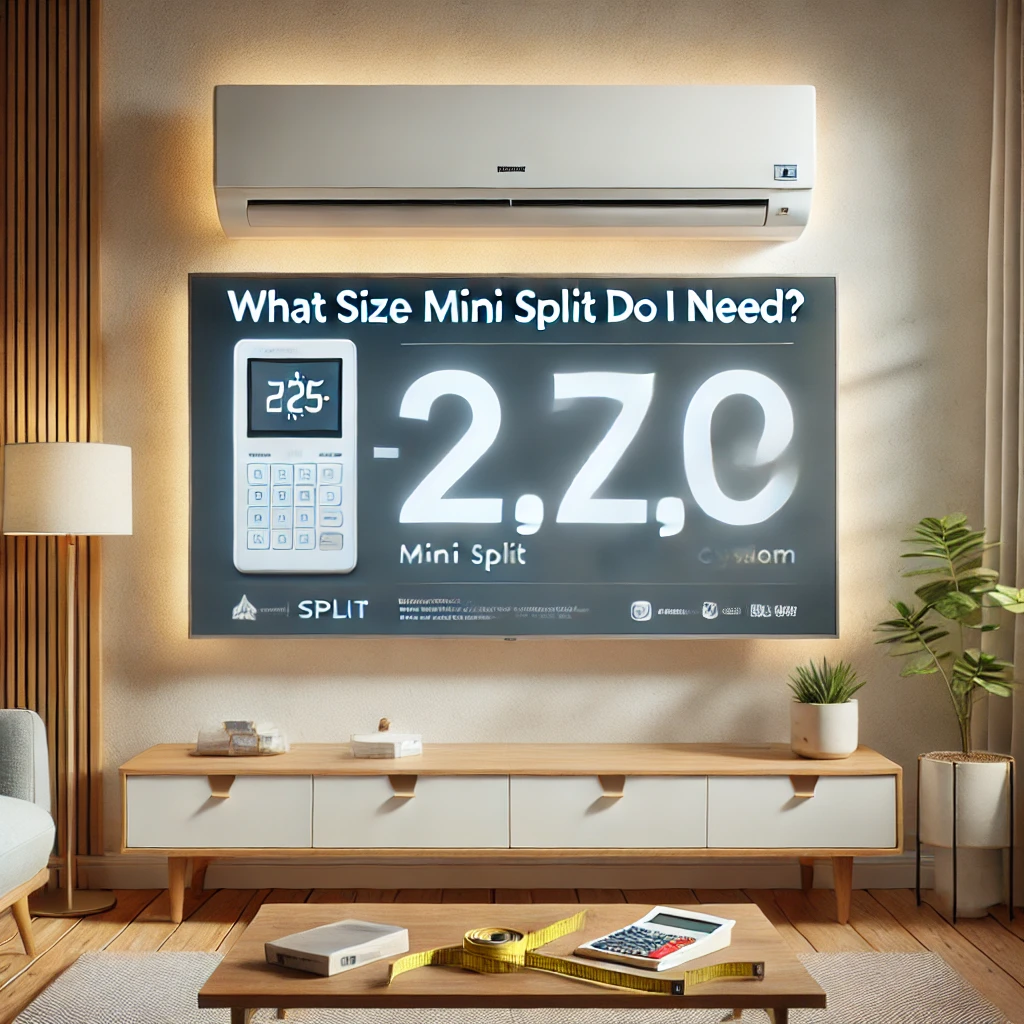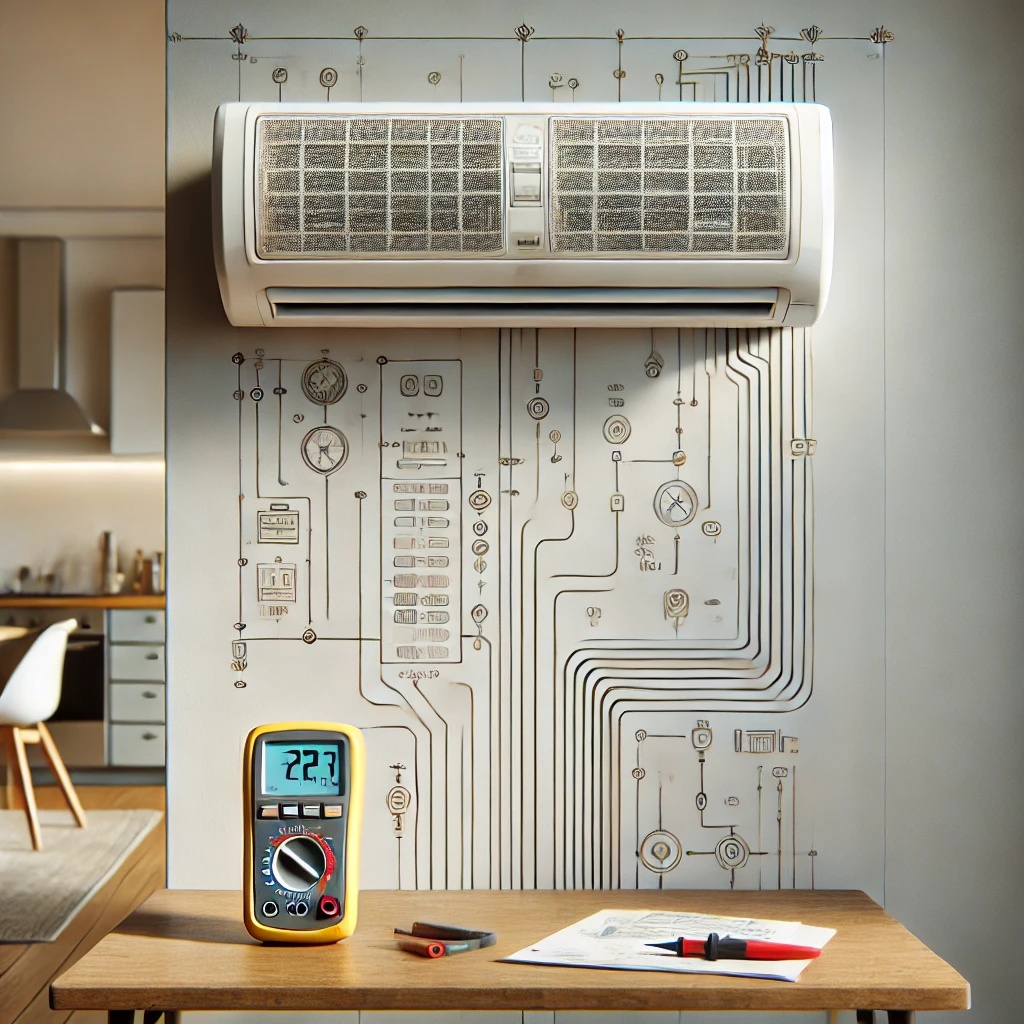Answer:
In our professional experience, adding refrigerant to a mini-split system is a precise process that requires the right tools, knowledge, and safety precautions. Based on what we’ve seen, the first step is always to diagnose why the system needs refrigerant—this often indicates a leak or an improper installation. Once the issue is resolved, we recommend using a refrigerant manifold gauge set and a vacuum pump to properly evacuate the system before adding the refrigerant. In our opinion, following the manufacturer’s guidelines for the specific refrigerant type and amount is crucial to avoid overcharging or undercharging, which can damage the system.
More on How to Add Refrigerant to a Mini-Split System:
Adding refrigerant to a mini-split isn’t something you can rush—it requires precision and care. From our perspective, the process starts with turning off the power and connecting the manifold gauge set to the system’s service ports. We always stress the importance of checking the refrigerant type (e.g., R410A or R32) because using the wrong type can cause severe damage. After ensuring the system is evacuated of air and moisture, the correct amount of refrigerant is added, typically by weight, using a refrigerant scale.
Another thing we’ve learned over the years is the importance of monitoring pressure levels during the process. The pressures must match the specifications for the current ambient temperature. In our experience, skipping this step often leads to inefficiencies or even system failure. Once the refrigerant is added, we recommend running the system for a while to ensure it’s cooling or heating as expected.
Finally, handling refrigerant requires compliance with environmental regulations. In our line of work, we’ve always emphasized the need for EPA-certified technicians to handle refrigerant safely and responsibly. Refrigerants like R410A are potent greenhouse gases, so it’s vital to avoid releasing them into the atmosphere. If you’re unsure about any part of the process, we strongly advise calling in a professional to ensure the job is done right and your system performs at its best.












